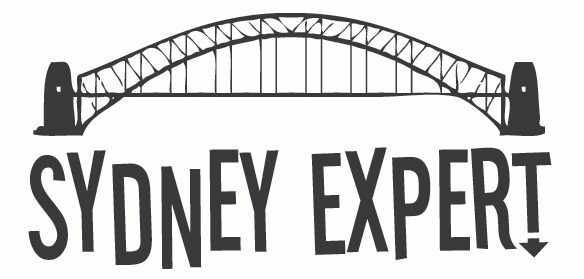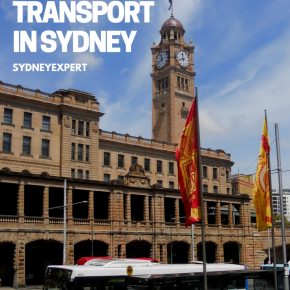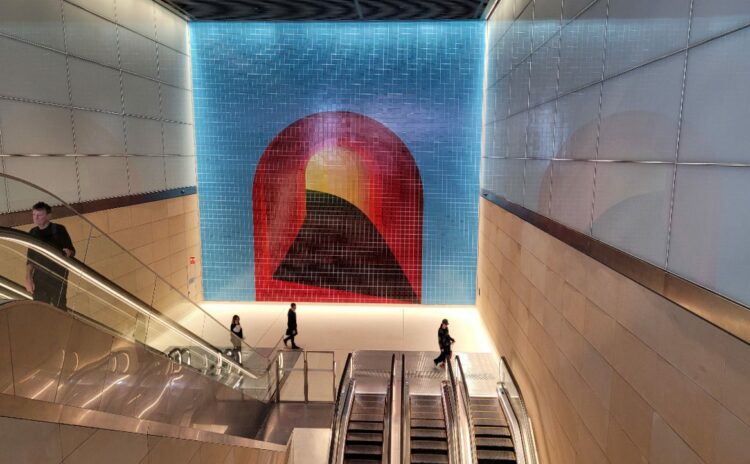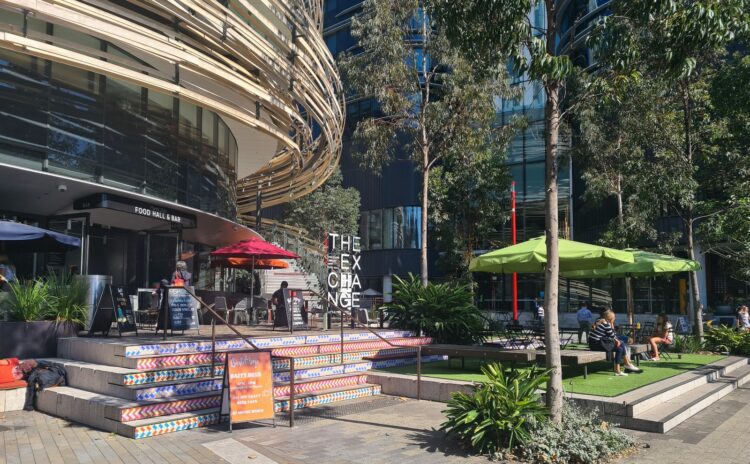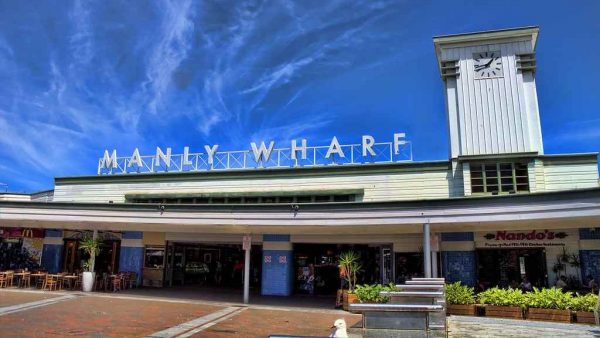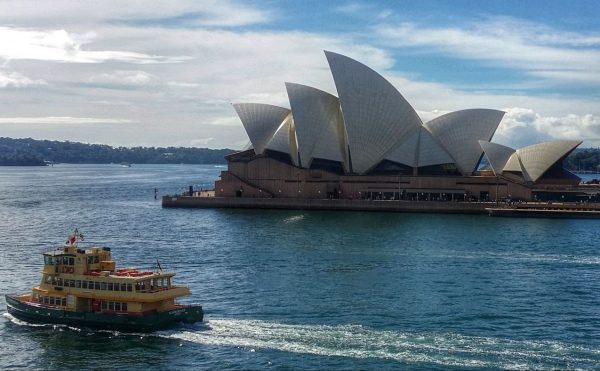Using Sydney’s Public Transport 2025
Getting around Sydney on public transport is straightforward once you know the basics. Trains, metros, buses, and ferries cover most areas you’ll want to visit, and they’re often faster than driving. You’ll need either an Opal card or a contactless bank card to travel, and I recommend downloading a transport app to help plan your trips.
This guide explains everything you need to know about using Sydney’s public transport system.
Sydney Airport Link
For most people, the airport train will be your first taste of Sydney’s Public Transport network. Depending on the time you arrive, this could be a pleasant or pretty stressful experience.
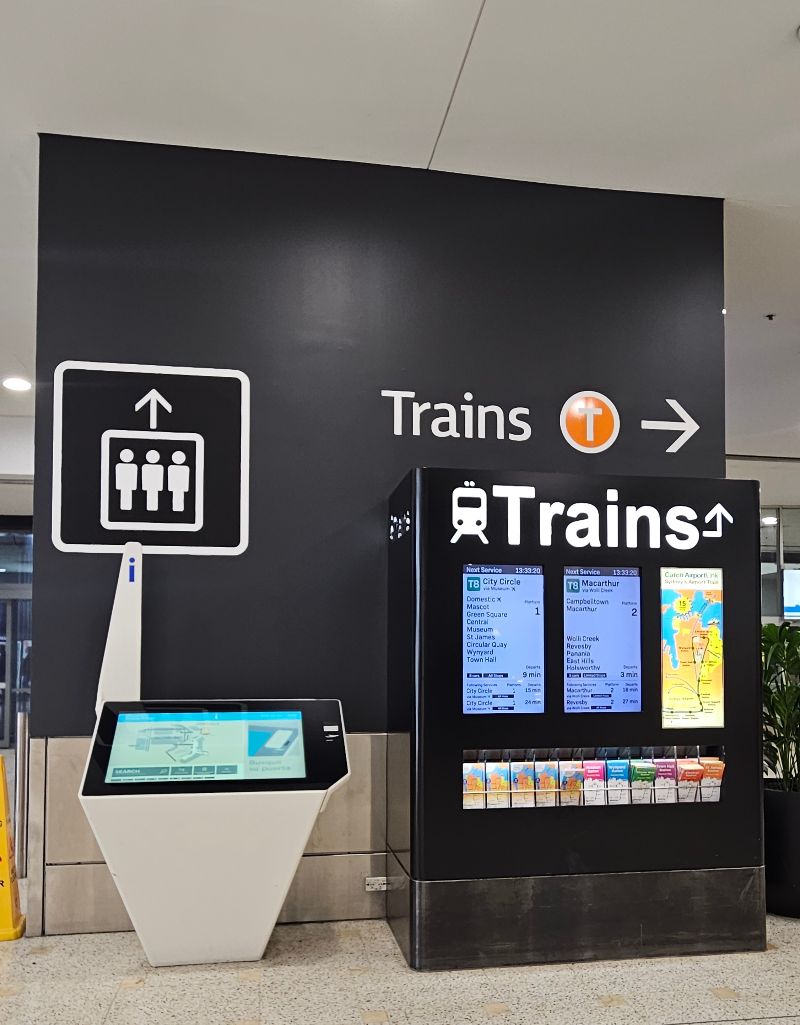
The two stations at the airport are privately operated, and access includes a gate fee of $17.92 and then a regular ticket component is added. The current fare to the city is $22.25 in peak and $20.95 off peak,
to the city. While this might seem expensive, it’s still cheaper than a cab for one or two people.
Have a read of our airport train tips and decide if ithe train is right for you.
The trip takes just 15 minutes to Central Station, and trains run every 10-15 minutes. During busy periods, you’ll likely reach the city before you’d even get to the front of the taxi queue.
I used to take this train every day. The trains are pretty crowded in peak hours and not for the faint-hearted. Try to get to the front or rear of the train for more space and, if you can, avoid standing right in the doorway so others can get on.
If you have a huge backpack, take it off your back – it’s the polite thing to do:-)
Sydney Trains – City, Blue Mountains & more
Sydneysiders love to complain about our rail network, but for visitors exploring the inner city and nearby attractions, it’s a reliable and convenient way to get around.
Need help with fares and ticketing options? Check our guide to Using Sydney’s Opal Card
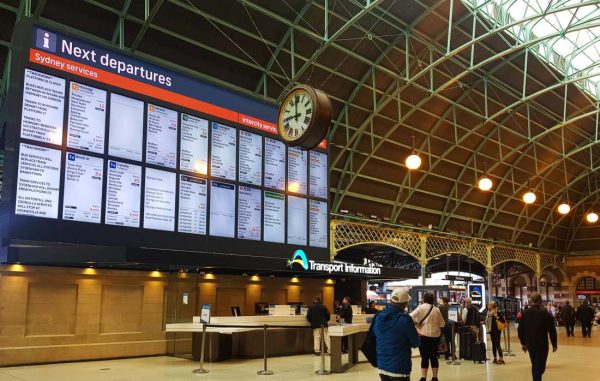
The heart of Sydney’s train network is Central Station, located between Chinatown and Surry Hills. All trains pass through this station, including country services to the Blue Mountains, Melbourne, Brisbane and beyond.
If you are planning a train trip to the Blue Mountains, you will probably depart from Central.
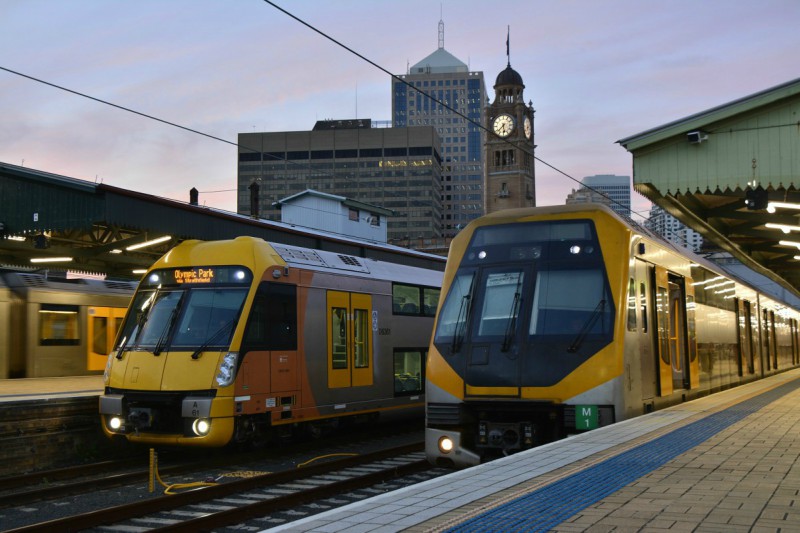
The other key stations for travellers are part of the City Circle, a loop of stations that form a ring around the CBD or central business district. These stations include Central, Town Hall, Wynyard, Circular Quay, St James and Museum.The city circle runs in both directions and is an excellent way to get from one end of town to the other if your feet give up!
The nearest City Circle Stations to main attractions are:
- Central – Paddy’s Market, Chinatown, Surry Hills and Chippendale (Central Park complex)
- Town Hall – QVB, Darling Harbour
- Wynyard – Barangaroo and Martin Place
- Circular Quay – Ferries, Opera House and The Rocks
- St James – Pitt Street Mall, Hyde Park, St Mary’s Cathedral
- Museum – Museum, Hyde Park, William Street to Darlinghurst
A train ride to one of Sydney’s suburbs like Newtown or Cronulla is also an excellent way to spend a few hours exploring a different part of the city.
Sydney Metro
The Metro has changed the way Sydneysiders move around the city. It’s made it quicker to travel from the city centre to places like Barangaroo and North Sydney. I love how easy it is to use. Trains run every 4 minutes in peak times, and the stations are spacious and well-designed and accessible for all users.
There are currently two lines to choose from:
- Metro North West Line runs from Tallawong to Chatswood
- City & Southwest Line connects Chatswood to Bankstown through the CBD
Key Metro Stations for Visitors
Several Metro stations provide convenient access to Sydney’s most popular attractions:
- Central Station: The city’s main transport hub, offering easy access to Sydney Tower Eye and the vibrant Haymarket district with its diverse dining and shopping options.
- Town Hall Station: Perfect for visiting the historic Queen Victoria Building, Darling Harbour, and the Sydney Opera House, all within walking distance.
- Barangaroo Station: Access to Barangaroo Reserve, waterfront dining, and harbor views. An ideal starting point for exploring this modern waterfront precinct.
- Martin Place Station: Located in the heart of the CBD, connecting to historic sites, shopping areas, and the Sydney Town Hall.
- Gadigal Station: Gateway to the Australian Museum and the trendy neighborhoods of Surry Hills and Redfern, known for their art galleries, cafes, and restaurants.
- Sydenham Station: Hub of Sydney’s craft beer scene with multiple breweries within walking distance, plus live music venues and an emerging arts district.
Learn more about what you will find at Sydney’s new Metro stations.
Sydney Light Rail – Servicing the city, east and inner west
Sydney’s modern light rail network has three lines that connect the city center with surrounding areas:
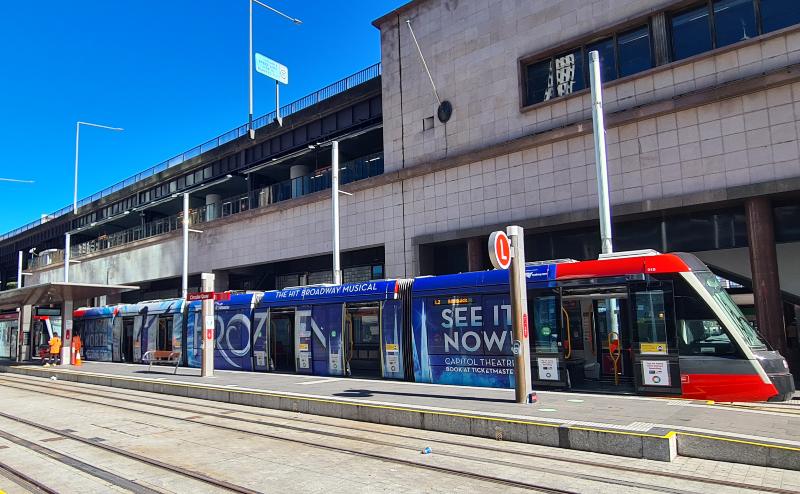
L1 Route: Central Station → Star Casino → Inner West
This route travels from Central Station through Chinatown, Darling Square, Darling Harbour and the Casino before it begins its journey to the inner west.
- Great for visiting the Sydney Fish Market
- Stops at the Tramsheds food precinct
- Connects to Inner West suburbs like Dulwich Hill
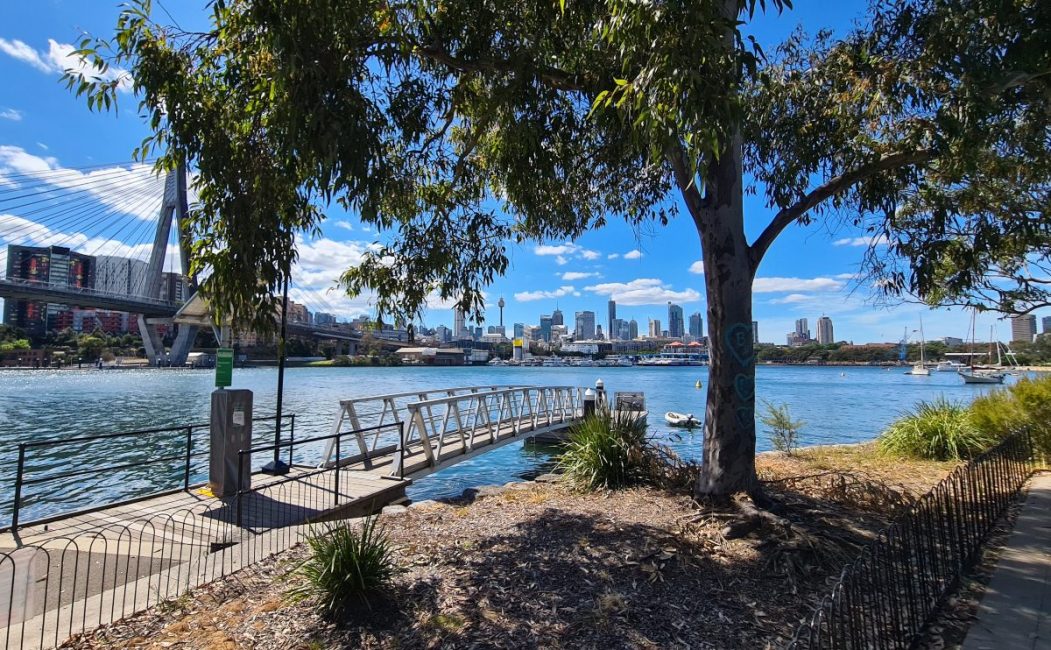
L2 Route: Circular Quay → Surry Hills → Randwick
This route travels along George Street through the heart of the city until it reaches Central Station where it heads to Surry Hills.
- Stops in Surry Hills near pubs and restaurants
- Stops near Moore Park sporting venues
- Ends at Randwick’s dining and entertainment district
L3 Route: Central → Kingsford
The final route Services the university precinct and connects to Sydney’s southeastern suburbs
Sydney Ferries
Taking a ferry is my favorite way to travel in Sydney – it turns a regular commute into a harbor cruise! The public ferry network covers most harbour suburbs, and you can use your Opal card or credit card to pay.
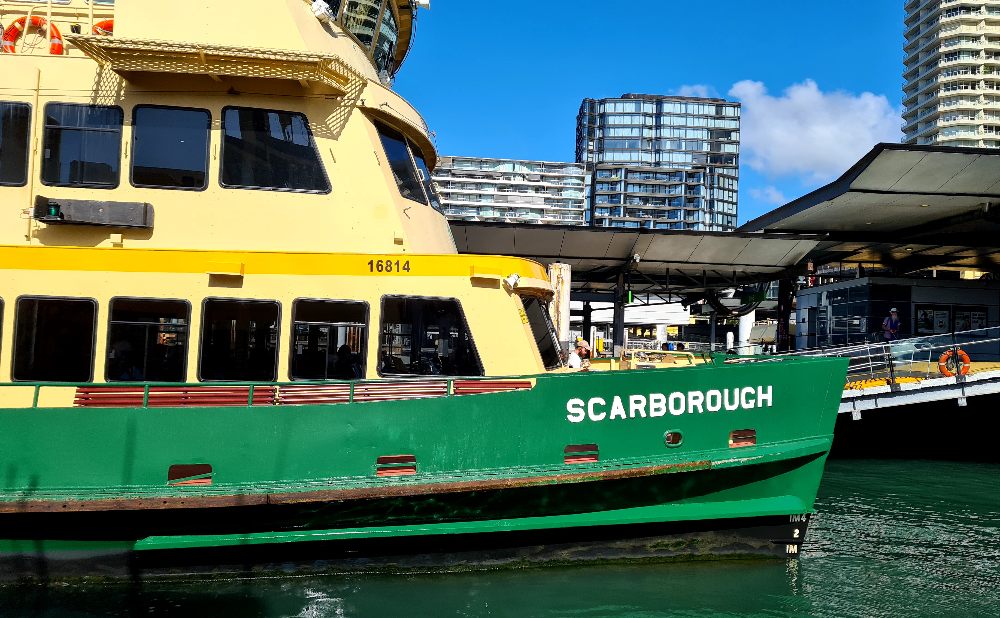
The eight main ferry routes include:
- The Parramatta River service to Sydney’s second CBD
- The famous Manly ferry – a must-do Sydney experience
- Eastern routes to Watson’s Bay and Rose Bay
- North Shore services to Mosman and Cremorne
- Inner West ferries to Balmain
There are also private ferry services that complement the public network:
- Manly Fast Ferry – a quicker alternative to the public service (accepts Opal cards and counts to daily travel caps)
- Captain Cook Cruises – harbour services and sightseeing cruises
- Small local ferries perfect for day trips:
- Brooklyn River Ferry
- Church Point services
- The charming Bundeena Ferry
Note: While some private services accept Opal cards, these trips don’t always count towards your daily or weekly fare caps.
Explore Sydney by Ferry
Sydney Buses – Servicing all areas of Sydney
I use Sydney’s buses almost daily, and they’re particularly useful for reaching the Eastern and Northern suburbs where there are no trains. You’ll need either an Opal card or contactless payment (credit card, or digital wallet) to ride – cash isn’t accepted.
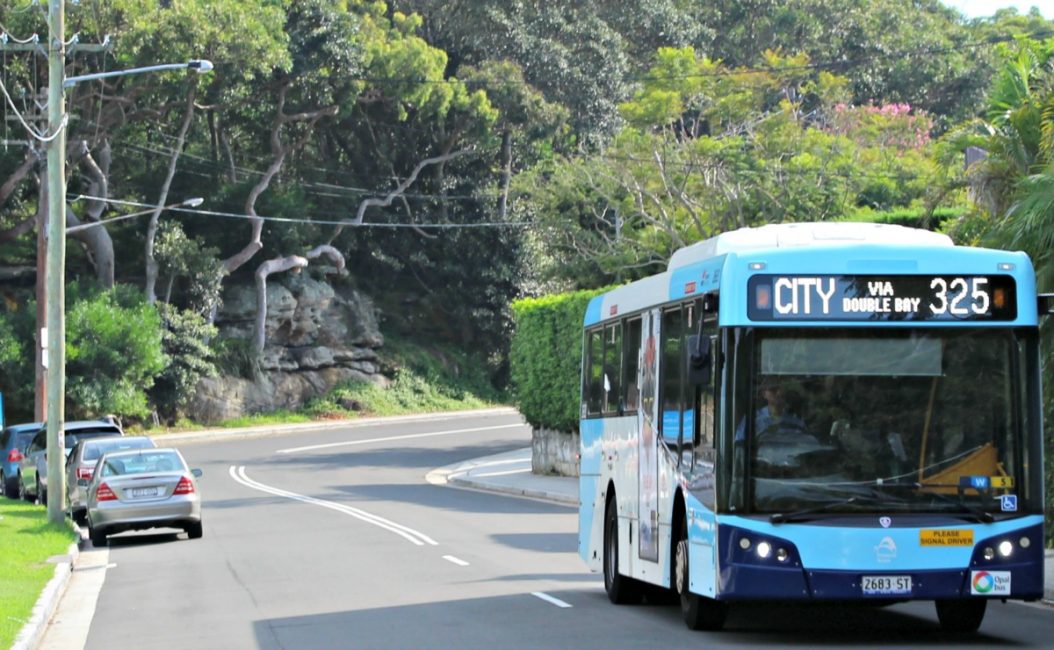
Some of my favorite bus routes for visitors take you to places you won’t reach by train. I’ve written detailed guides for exploring Sydney by bus, including the most scenic and useful routes for tourists.
The best bus routes for visitors to Sydney
Here are three bus routes I recommend to visitors – each offers great views and stops at popular destinations:
- 389: Connects Pyrmont through the city to North Bondi Beach – full route guide here
- 325: Scenic harbourside journey from Walsh Bay to Watsons Bay – detailed route info
- 311: Links Barangaroo’s waterfront to historic Woolloomooloo – route highlights
Rideshare Services and Taxis
When public transport isn’t convenient, rideshare services offer a reliable alternative. I use them regularly and find them safe and efficient. The main options in Sydney are:
- Uber – The most widely used service
- Didi – Often cheaper than Uber
- 13cabs and Silver Service apps – Traditional taxi companies with modern booking systems
At Sydney Airport, all rideshare services have designated pickup zones at both terminals – just follow the signs. First-time users can often find signup discounts through the apps.
Airport Pickup Locations:
- International Terminal: Priority pickup area
- Domestic Terminal: Express pickup zone
Check out our guide to using Sydney Airport, which includes details of all the airport’s transport options.
Late Night Travel Options
For late-night travel, I recommend using either rideshare services or taxis from secure ranks. These well-lit, monitored taxi ranks operate Friday and Saturday nights (8pm-3:30am) at key locations:
- Darling Harbour (Lime Street)
- Circular Quay (Alfred Street)
- The Rocks (Argyle/Harrington Streets)
- CBD (Chifley Square)
- World Square (George Street)
If you prefer traditional taxis, Silver Service and 13cabs both offer reliable booking apps.
Water Taxis
Water taxis offer quick harbour crossings and are particularly useful for reaching waterfront locations that would take much longer by road. While more expensive than ferries, they can be cost-effective for groups and offer door-to-dock service.
Popular routes include:
- Circular Quay to waterfront restaurants
- Cross-harbour trips (like Balmain to Mosman)
- Airport transfers to Rose Bay seaplanes
Book with H2O Water Taxis or ask your hotel to arrange a service.
Car rental
Most visitors won’t need to rent a car in Sydney, but if you’re planning day trips beyond the Blue Mountains or South Coast, you might want to consider it.
I recommend Bayswater Car Rental (also known as No Birds) for:
- Competitive rates
- City center location
- Straightforward rental terms
- Good service record
Remember that parking in Sydney is expensive and can be hard to find. Most hotels charge additional fees for parking.
Transport Apps and websites
These apps will help you navigate Sydney’s transport network:
Essential Apps (all free):
- Transport NSW Trip Planner – The official journey planner with real-time updates and trackwork information
- Citymapper – My top recommendation for visitors, with clear directions and travel options
- Opal Travel – Check your card balance, plan trips, and compare fares.
Download at least one of these before you arrive in Sydney to make getting around easier.
Local Favorite:
- Tripview – Available in free and paid versions. The paid version lets you save regular routes and get notifications about service changes
For visitors who want to avoid using mobile data, consider downloading offline map apps before your arrival. These can be particularly useful for walking routes and general navigation around the city.
Planning Your Journey
Sydney’s public transport network might seem complex at first, but with an Opal card and a transport app on your phone, you’ll be exploring like a local in no time. Remember:
- Check for trackwork before weekend travel
- Allow extra time during peak hours (8-9:30am and 4:30-6pm weekdays)
- Remember Opal cards are needed for kids fares.
- Save money by traveling on Friday, Saturday and Sundays when fares are capped at $8.90
